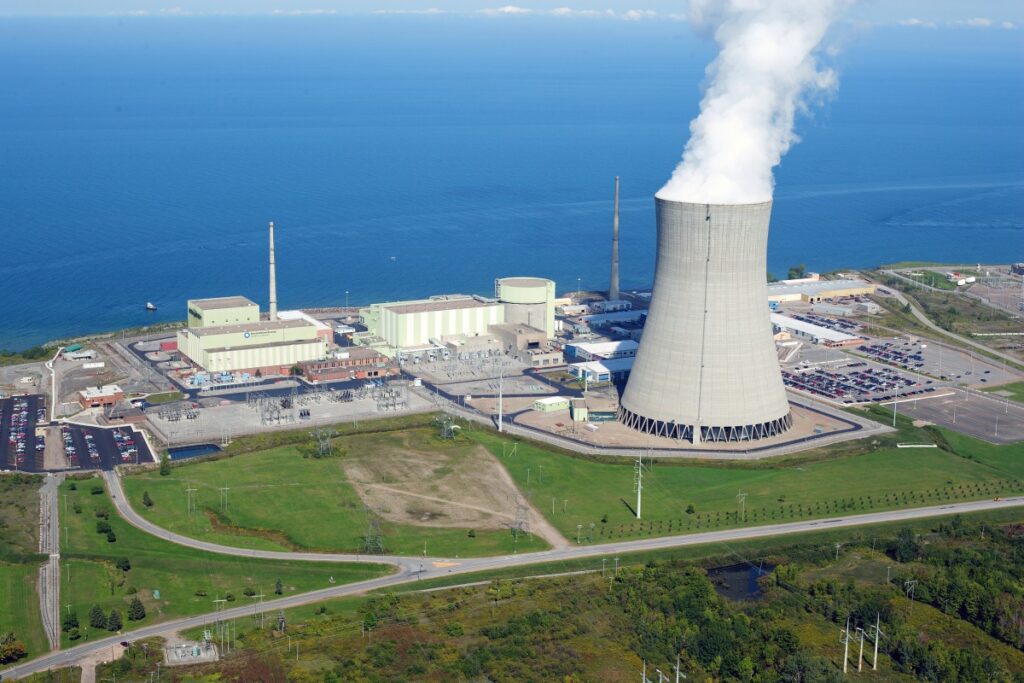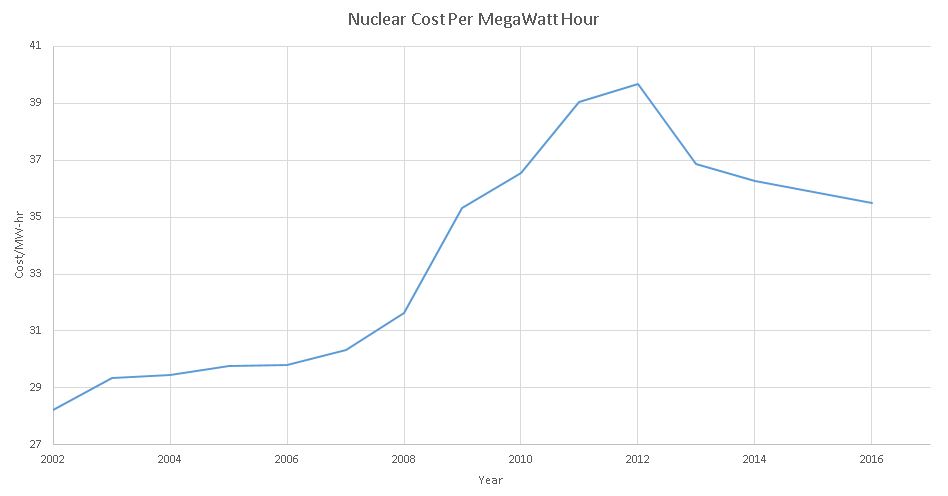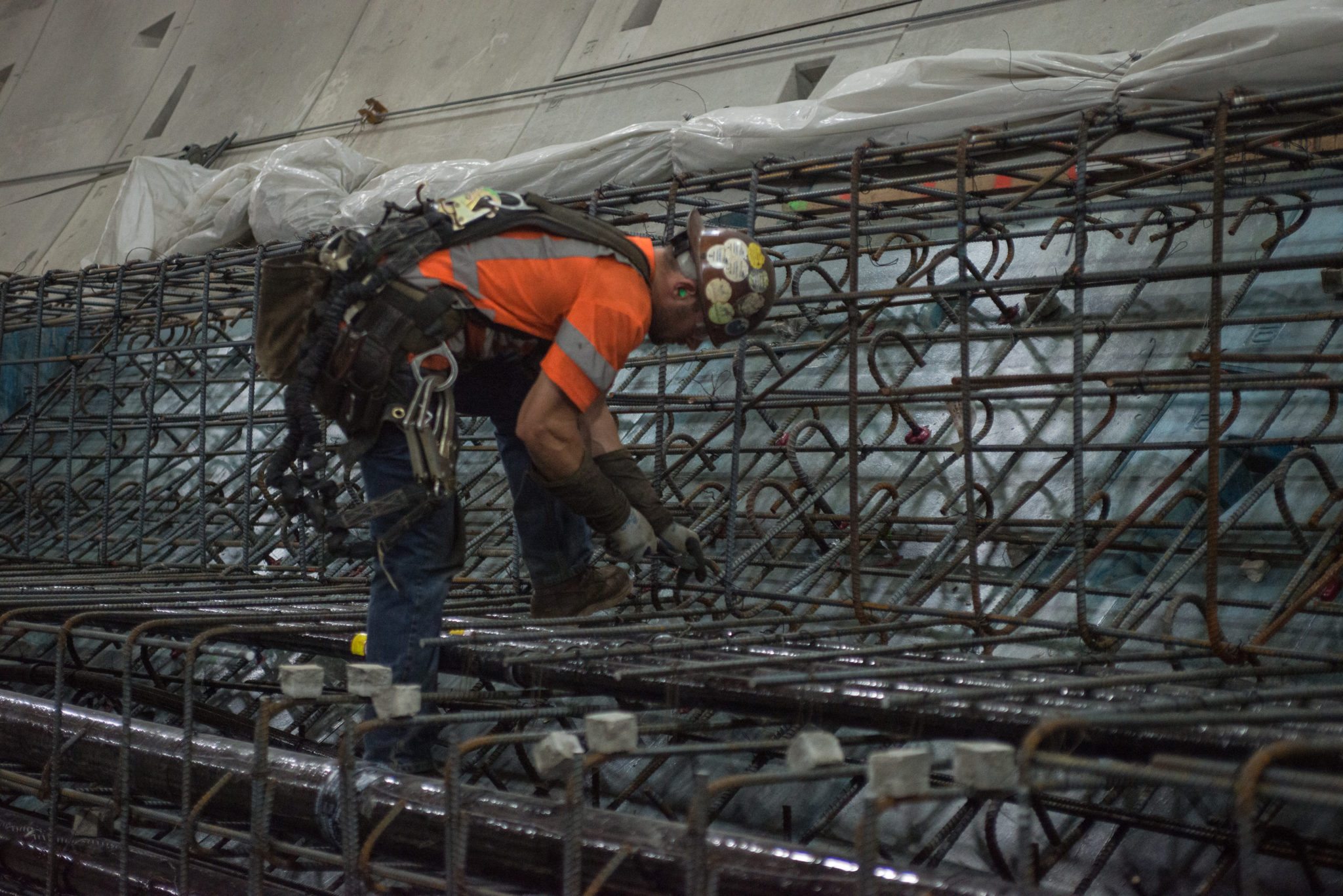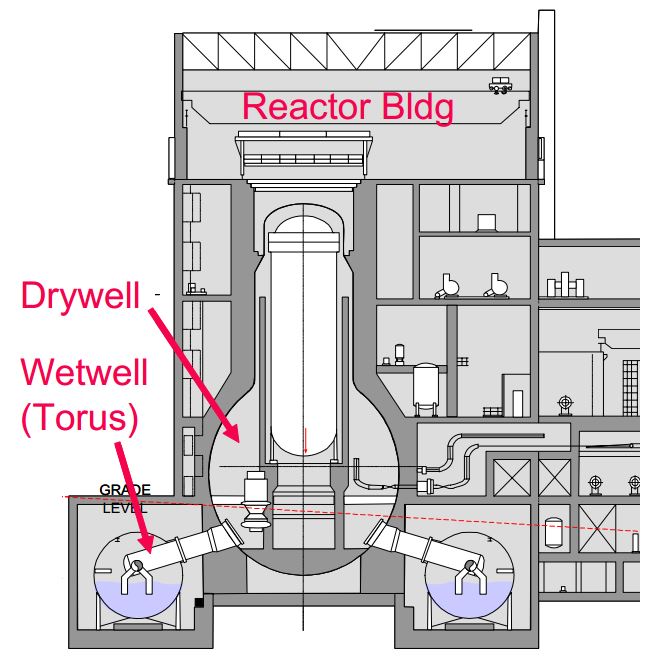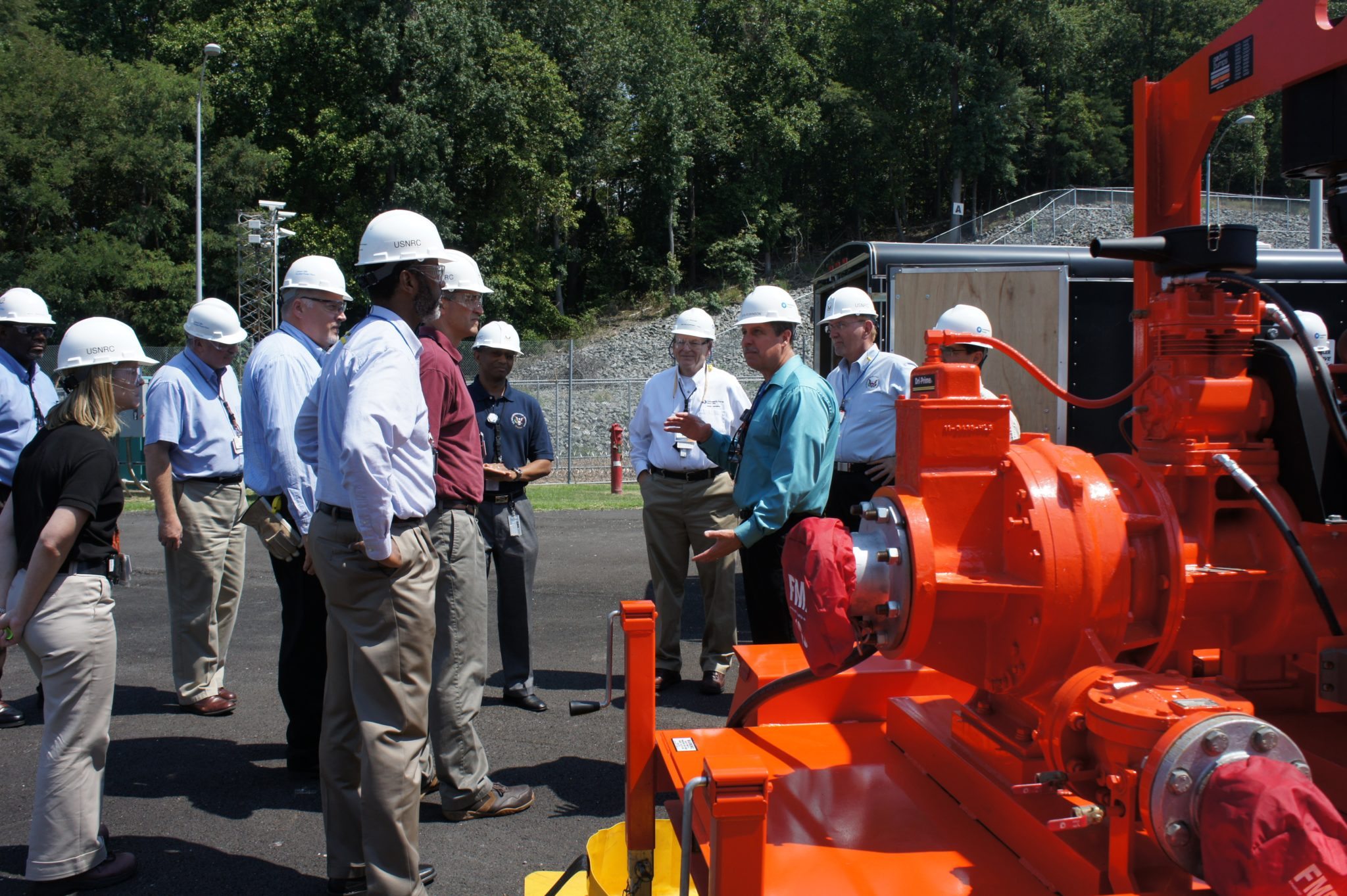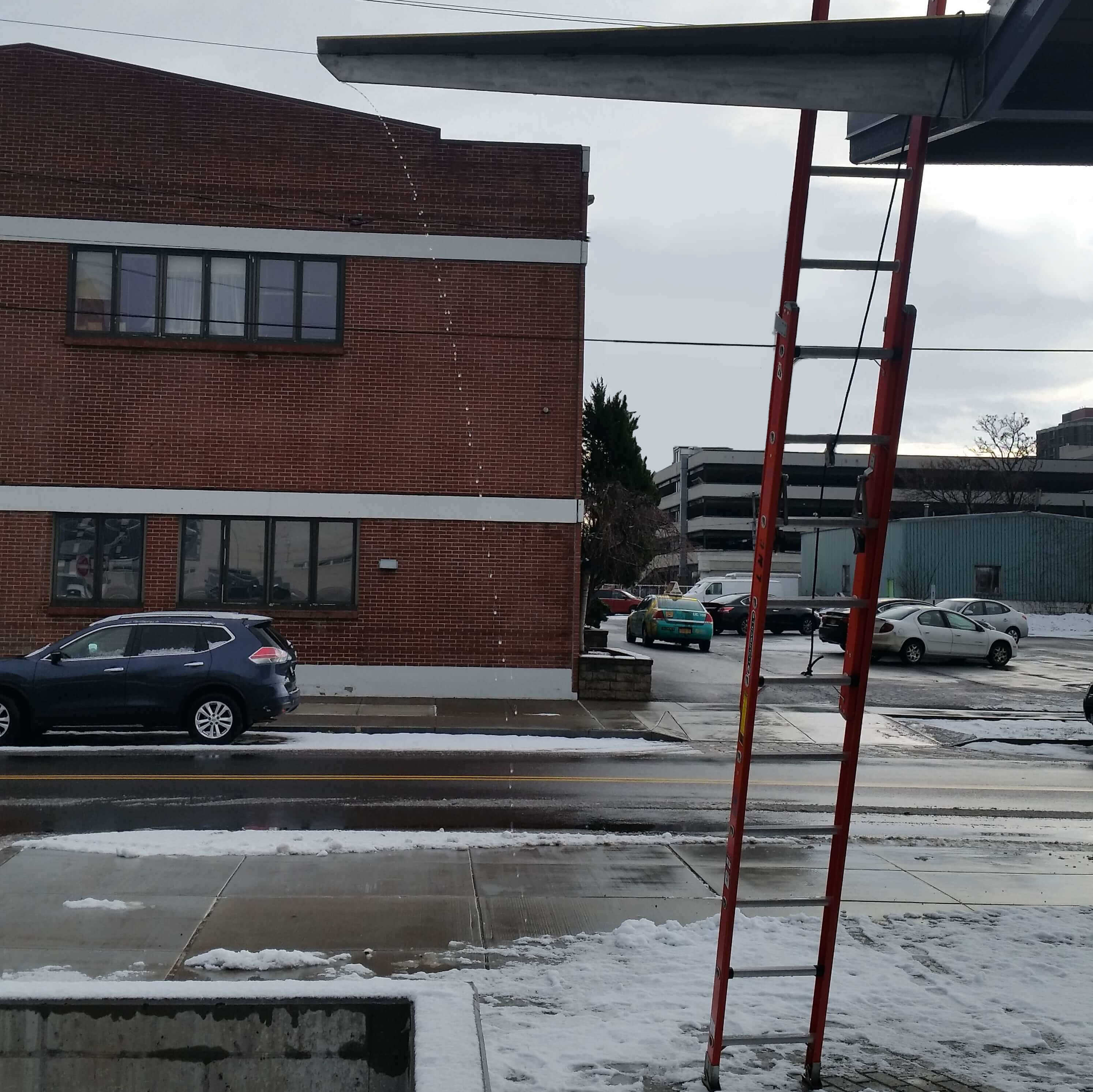Back in December of 2015, the Nuclear Industry kicked off an initiative called Delivering the Nuclear Promise. Headed by NEI and industry leaders, the goal is to help reduce operating costs. Nuclear plants have felt the pinch from low electricity prices due to the natural gas glut, and this spending cut isn’t a second too late.
In the 1970s, nuclear power was considered to be “too cheap to meter“. They only needed to refuel the reactors annually (depending on the design), and they operated well with a limited staff. These are just some of the reasons nuclear power was so inexpensive, and it’s why Nuclear was poised to be the primary power producer of the future.
Growth of the nuclear industry came to a halt in 1979 after the accident at Three Mile Island. With fears about the safety of nuclear power, many construction projects were halted even if they were near completion. From 1979 until today, the industry has been extremely stagnant. Very few nuclear plants have started since, and the industry has been somewhat in maintenance mode, only adding necessary improvements. Costs were relatively stable, until recently.
Skyrocketing Project Costs
Over the years, costs for nuclear operators have grown significantly. Just since 2002, the cost for a nuclear plant to generate power went up by 28% (www.nei.org). Obviously, that rate isn’t sustainable. So, what caused this dramatic spike?
There are many answers to this, and everyone who has worked in Nuclear has an opinion on spending. To perform work on-site at a nuclear facility, it’s a multiplier of 2X-3X or more as compared to other industries. This is largely due to very strict requirements for safety, but there are many factors.
Industry Action
The Nuclear Promise Initiative is based on four (4) building blocks. They are:
- Reduce Cost
- Increase Revenue
- Increase Process Efficiency
- Communicate the Initiatives
The primary impact that most nuclear workers will see on a day to day basis is the reduction in the cost for nuclear power. In 2016, NEI set a goal to reduce nuclear operating cost by 15% by January 2017, and 30% by January 2018. This would effectively wipe out the cost increases over the past 15 years.
Cost Cutting Status
NEI and the Nuclear Industry set a lofty goal of cutting cost by 15% by January 2017, and by 30% in January of 2018. They’ve issue over 40 efficiency bulletins, outlining methods that sites can use to help save cost. These range from seemingly small changes to larger industry initiatives.
Based on the data provided by NEI, the cost to generate nuclear power in 2014 was approximately $36.3 per Megawatt-hr. Based on a total Nuclear Power output of 797 Million Megawatt-hrs (source eia), the total cost to operate the nuclear industry was $28.9 Billion. A savings of 15% would be equivalent to $4.3 Billion.
According to a post published by NEI in December of 2015, NEI reported a savings of $625 Million dollars. This is a little short of the goal, but it’s still a great achievement! Many of the efficiency bulletins haven’t yet been implemented long enough to see the financial benefit, and that likely caused a delay in actualizing the cost cutting measures.
Since the peak cost per Megawatt in 2012 of $39.69/MW-hr, the Nuclear Industry has saved about 11%, down to approximately $35.48/MW-hr in 2016. That much activity doesn’t simply happen without a concerted effort. The industry is moving in the right direction, and gaining momentum.
Increased Revenue Status
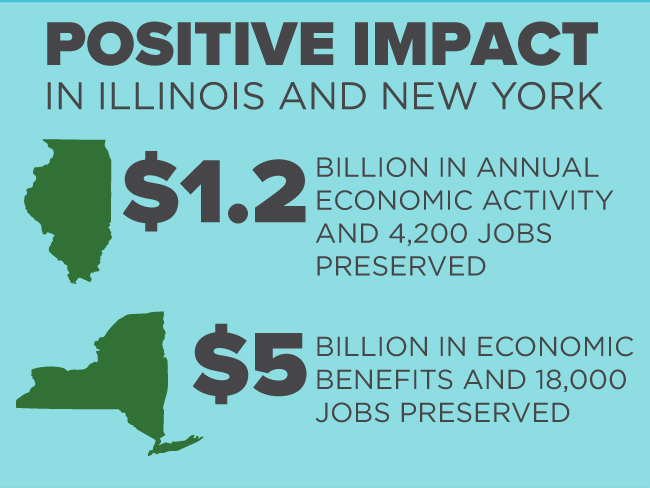
Ginna, Clinton, Quad Cities, and FitzPatrick were all at risk of being shutdown in the past 2 years. The lower electricity prices and incentives for clean energy (which excluded nuclear) caused these small, single unit sites to struggle. Working with state governments, Exelon was able to save them all from being shuttered.
State governments are beginning to realize that nuclear power is the largest clean energy source in the country. Shutting down a nuclear plant and replacing it with coal or natural gas only hurts the environment, and now Illinois and New York both have recognized this fact, and helped to stabilize the market.
Overall Success
Overall, the Nuclear Promise has been a major milestone in the industry. Allowing nuclear plants to continue to produce clean, carbon free electricity at a fair and reasonable price.

